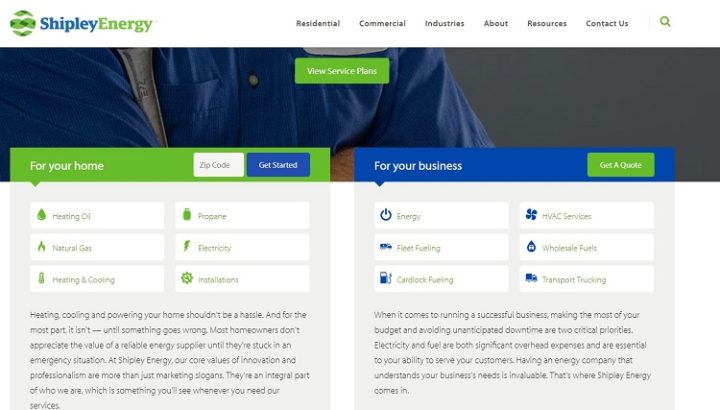Blog

How to Be a Better B2M Business
A business to many (B2M) model sells goods and services to both consumers and other businesses, so is a mix of both business to business (B2B) and business to consumer (B2C). Meeting the needs of such a diverse set of clients is challenging.
There are about 30.2 million small businesses in the United States. Some of those businesses are B2B, some are B2C and others take on many faces. Trying to serve many different markets in the same niche requires a bit of finesse and attention to detail. There are some specific things on which you can focus that will make your B2M better than you ever imagined.
1. Know All Your Target Audiences
As a business that serves a variety of audiences, you must take the time to dig deep into the analytics of the different audiences you serve. Develop buyer personas for each different demographic. Although marketing campaigns might hit on more than one audience at a time, you still need to ensure you speak to specific people. Look for areas of commonality among your different audience segments, so your marketing speaks to all your buyers.

Facebook’s model is an excellent example of how a business serves both other businesses and consumers at the same time. They offer services for business owners, such as advertising and business pages. However, they also serve consumers, offering features for them such as online groups, free profile pages and games.
2. Dig Into Your ROI Reports
What goods and services bring the best return on investment (ROI)? While you expand your customer base by becoming a B2M company, it doesn’t help your profits if you don’t make a decent ROI for one segment or the other. Knowing which audiences spend the most money and on what also allows you to predict what inventory you might need and ramp up marketing campaigns around specific seasons.
3. Segment Your Website
If you don’t want to have multiple landing pages, you can simply segment your site into sections that serve your different buyer personas. This works particularly well with service-based industries. You might even make the transition as simple as offering a section for consumers and one for business owners or adding details to listings about how to buy in bulk as online retailers such as Office Depot do.

Shipley Energy creates a sales funnel for both segments of its buying audience. They offer a section titled “For Your Home” with an invitation to enter your zip code and click on the type of information you’d like to purchase (heating oil, propane, natural gas, etc.) On the other side of their home page, the column reads “For your business” and offers different information geared toward business owners, such as fleet fueling and wholesale fuels, and offers a free quote. Although the two segments look similar, the information contained is quite different.
4. Cross-Train Employees
Make sure your customer service staff is cross-trained to handle questions and problems from both the B2B and B2C segment. Calls get routed to the wrong department, or some customers will have a personal need of your product as well as business needs. Your employees should all feel comfortable answering any questions that might come their way. The only way to ensure your employees are fully versed in B2M needs is through extensive training and asking them to work in different departments from time to time.
5. Meet Everyone’s Needs
Figuring out how to meet the needs of one audience without disrupting another is a balancing act. Think about some of the direct sales companies out there. If they sell their products online, their sales consultants may suffer. However, the ability to sell to the general public is a tempting proposition that’s difficult for many multi-level marketing (MLM) companies to resist. One way some companies get around this is by matching buyers with consultants. However, MLM isn’t the only industry which must balance the needs of many.
Think through each aspect of your services to B2Bs and make sure they don’t violate the needs of B2Cs and vice versa.

Sony Pictures discusses their product placement policies and are pretty well known for placing products in their films. At the same time, they must create entertaining films which aren’t too advertisement based. They’ve set some standards for the types of products they’ll place in order to protect their audience (consumers). For example, they won’t advertise tobacco products.
6. Adjust Your Marketing
While there are ways of reaching both audiences at the same time, marketing to B2B and B2C is quite different. Marketing to businesses requires educating your audience and showing them you’re an expert. On the other hand, consumers want to know you can meet their needs or solve a problem. The ROI is also skewed. With consumers, they typically buy one of an item, while business owners may buy in bulk and spend much more money. A more expensive advertising campaign aimed at B2B may have a higher ROI because of the average sale.
The only way to come out ahead with your marketing efforts as a B2M is with careful tracking of costs and results. When the ROI is significant, repeat those efforts. When the results fall flat, find something different.
Perspective Matters
When it comes to running a B2M business effectively, the way you view your audience segments makes a huge difference. Know your customers and all the little details about them so you can meet their needs and give them a positive experience with your brand. Serving multiple segments isn’t just possible but might be profitable. However, you must be highly organized and ready to adapt to any market changes.